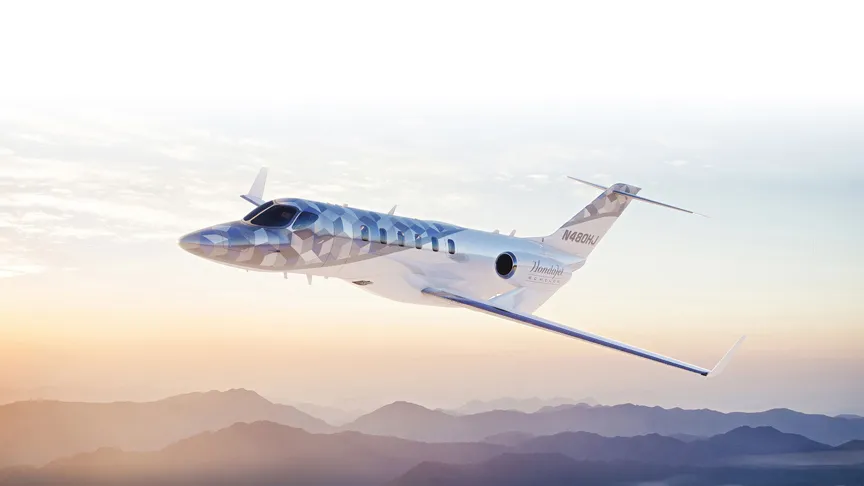The low-altitude Economy: China’s Urban Air Mobility Vision
China’s low-altitude economy is projected to contribute between US$422 billion and US$700 billion to China’s economy by 2025. The low-altitude economy encompasses various industries focused on crewed and uncrewed civil aerial vehicles, with a strong integration with the artificial intelligence (AI) and power battery industries. Significant developments in low-altitude aviation are underway in various regions of China. For instance, tests are being conducted for drone prototypes in Hefei, Anhui Province, including commercial sightseeing and food-delivery drones.



